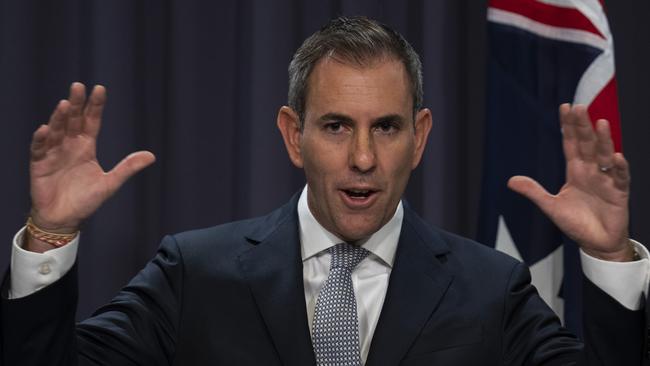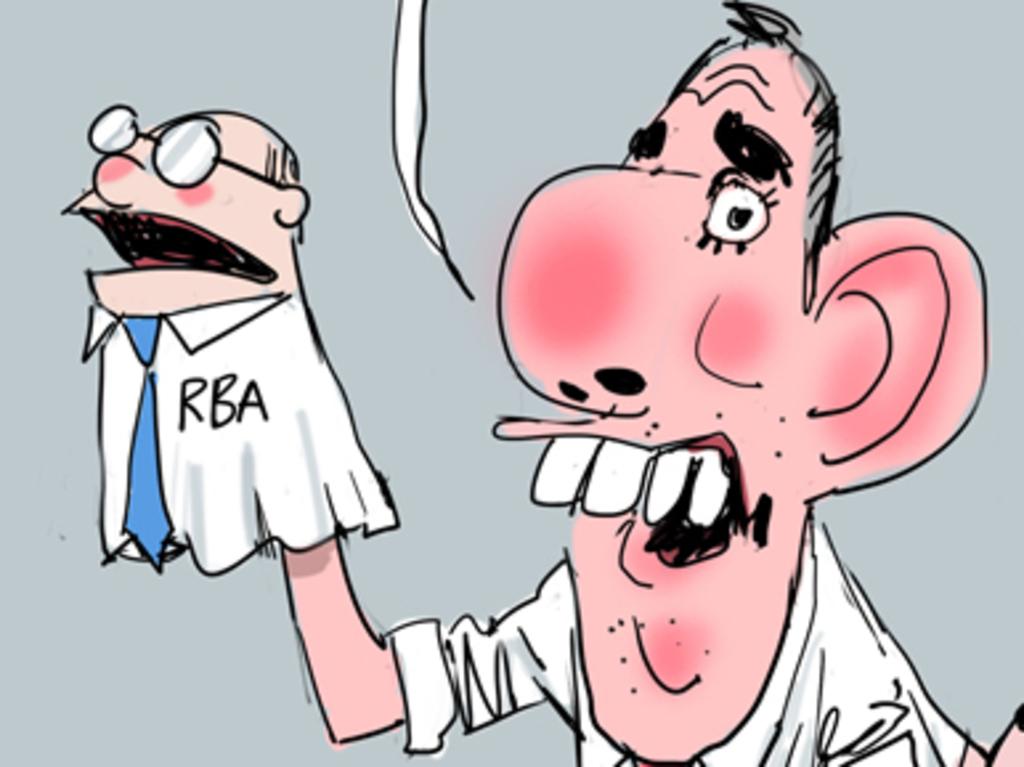Revenue windfall backs Chalmers’ bid to balance the books
Jim Chalmers is set to announce Australia’s first surplus in 15 years or a balanced budget on Tuesday.

Jim Chalmers is set to announce Australia’s first surplus in 15 years or a balanced budget on Tuesday night, with economists predicting the combination of more migrants, conservative commodity price estimates and higher employment has put the nation’s books back in black.
On the back of a revenue windfall driven by higher tax revenues and commodity prices, the Treasurer on Sunday said there had been a “substantial improvement in the budget in the near term”.
After Treasury officials spent last week crunching April data, Dr Chalmers is expected to bank a 2022-23 surplus, but will warn of higher deficits in later years fuelled by spending pressures on the National Disability Insurance Scheme, debt interest payments, aged care, health and defence.
“There’s been a big improvement in the budget, but as I said before, it gets better in the near term and then some of these structural pressures intensify rather than ease,” Dr Chalmers said.
“My focus really is to try and get the budget in as good a nick as we can. There’s a misconception out there that says that most of the upward revision in revenue is from commodity prices.
“It’s actually only about a fifth of that.
“The much bigger contribution to the improvement is a stronger labour market and the beginnings of welcome wages growth.”
The EY federal budget preview said that while a “surplus is a happy budget beginning; beware the ending”.
“On Tuesday evening, bracket creep, more migrants and the deliberate under-forecasting of commodity prices will have worked their fiscal magic and likely turned the government’s refreshed underlying cash balance estimate for 2022-23 into a surplus,” the EY report said. “If the government resisted pressure to give this away by allocating it to new purposes, the underlying cash balances for the coming four years would also look better than they did at the October budget. Net debt and interest costs will also take a step down, despite higher interest rates.”
The EY report said the temporary budget bounce, which includes an additional $2bn boost from iron ore, “doesn’t fix the structural deficit”. “The underlying cash balance for 2022-23 will likely be close to balance, and maybe even a surplus, compared to an estimated $36.9bn deficit at the time of the October budget, according to indications from the monthly government finance figures.”
“The Treasurer has promised to bank ‘most of the revenue windfall’. But in reality, he needs to bank all of it and make tough decisions about existing policy to put Australia’s federal budget back on track.”

EY said moving the budget into structural balance meant not adding to spending without offsetting it elsewhere, lower spending and finding new revenue that will endure over time and putting policies in place to help the private sector “maximise its productivity”.
Opposition treasury spokesman Angus Taylor said “a drover’s dog can deliver a budget surplus this year”.
“We saw a budget surplus from the moment the Victorian and New South Wales economies were opened up in 2021 through to the election, the budget was in surplus. So the government’s inherited this situation and they can deliver that in the short term,” Mr Taylor said. “The real test is can they deliver budget balance on an ongoing basis because that will take pressure off and the key to that is not taxing more. It’s managing spending, making sure the economy is growing faster than spending. That’s how we did it between 2013 and 2019 and it worked.”








To join the conversation, please log in. Don't have an account? Register
Join the conversation, you are commenting as Logout